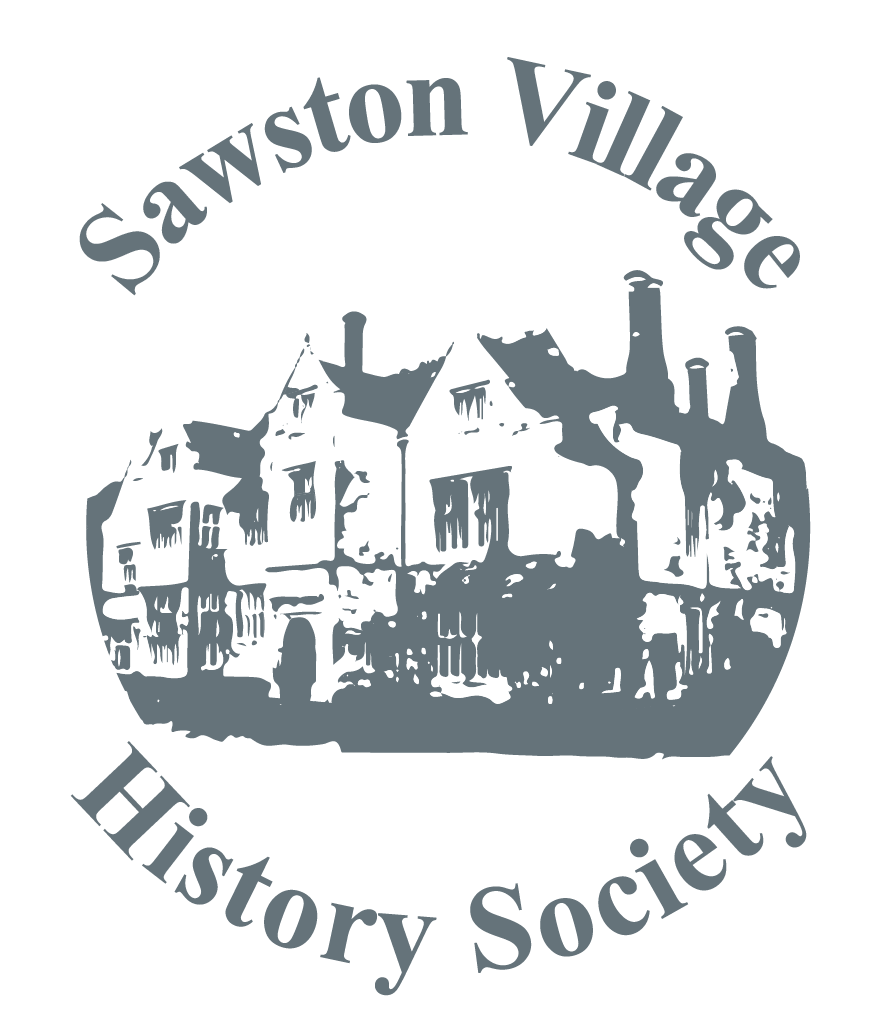
The audience at the October Society meeting were shown many stunning slides of the Antarctic taken by Dr Peter Clarkson during his many visits there in his capacity as a geologist. He joined the Cambridge based British Antarctic Survey after gaining his PhD in geology at Durham in 1967 and was soon on the long journey south via South Georgia in the BAS survey ship, the “Shackleton”. He stayed at a now disused whaling station where the whales were dragged up onto a concrete platform and cut up and the fatty blubber collected separately. Not the world’s most pleasant job! He then continued to the BAS research station at Halley Bay where he was based.
From Halley he made several long expeditions using dog teams with a few other BAS members. This often entailed crossing heavily crevassed regions and on one occasion one of the sleds fell into a crevasse. Fortunately this was a relatively small one and the team were able eventually to pull the sled out. Sadly there had been at least one fatal incident with a BAS scientist falling down a crevasse, so they had to be continuously on their guard as these were often concealed under a thin layer of ice. They had to be completely self sufficient on these expeditions, taking enough food, almost entirely tinned, kept in a wooden box, which doubled as a table. Much of the geological work he carried out at this time was under the auspices of the International Geophysical Year in 1968.
The Halley Bay base, which is mostly buried under the ice, is about 900km from the South Pole and is the largest British base with about 40 BAS personnel. It included scientists specialising in physics, geology and biology, but also support personnel including a doctor, a cook and an electrician . The latter was a dab hand at improvisation and built a still for distilling some crude wine, fermented by the cook, into something a bit stronger. Being a British base this was deemed to be illegal and they were arrested by 2 “policeman”. A trial was duly carried out, with a suitably bewigged “judge” who found the miscreants guilty and sentenced the cook and electrician to swap jobs. Well, it must have helped to pass the time during the long nights ( which could last months!). Apart from Christmas the other major cause for celebration was the Mid-Winter Festival in June, where the cook truly earned his keep with some magnificent cakes and roast turkey.
Dr Clarkson was also able to visit the American and New Zealand bases, quite close to each other on McMurdo sound on the other side of the Antarctic, a mere 1600km from Halley. As might be imagined, the US base was by far the largest with numerous facilities, including a duty free shop. The Americans were frequently supplied from an enormous Hercules and on one occasion they generously flew Dr Clarkson's team to the Shackleton Range for some rock collecting, saving several weeks of hard trekking.
Apart from the sastrugi, which were essentially hard snow ridges and the crevasse fields, another hazard for the dog team was blue ice. This was heavily compacted snow, making the surface into a giant ice rink. The dogs hated it, causing them to slide around getting nowhere rather fast. Then there was the phenomena of “whiteouts” which were the result of a completely white overcast sky, making it impossible to distinguish between sky and white ground and, indeed, cliffs. So in this situation there was no alternative but to sit it out until there was some better visibility. Then, of course, there was the ever present risk of being trapped in a blizzard with temperatures plummeting to -50C, which is a tad chilly.
There was a large colony of emperor penguins, the largest of the penguin species, quite close to the Halley Bay base and he showed us several slides of these delightful and charismatic creatures. These had to contend with the voracious skua, who were scavengers, and were always on the lookout for penguin eggs and chicks. Happily for them the world’s most dangerous animal was only interested in admiring and shooting them with a camera. The only indigenous mammals were the seals and elephant seals, apart from whales. He was at pains to point out that polar bears were confined to the Arctic regions and the penguins to the Antarctic so na’er the twain shall meet, except in a zoo, perhaps.
Now, the dogs have been replaced by “skidoos” but active scientific research is still being carried out - the most important British discovery being the ozone layer depletion, much to the annoyance of the Americans who had all the data but had not correctly interpreted it!
Tourism is now becoming increasingly popular, with perhaps 10,000 each year, although most of these are ship bound.
Dr Clarkson is now an Antarctic consultant with the SPI in Cambridge and Secretary to the prestigious international Scientific Committee for Antarctic Research.